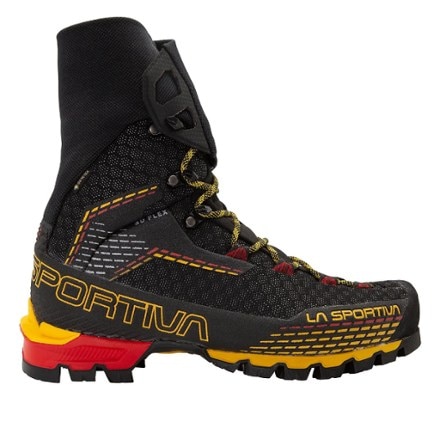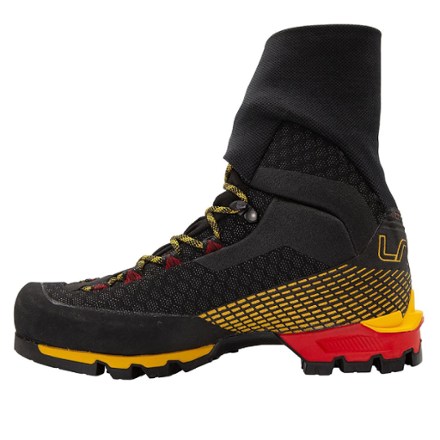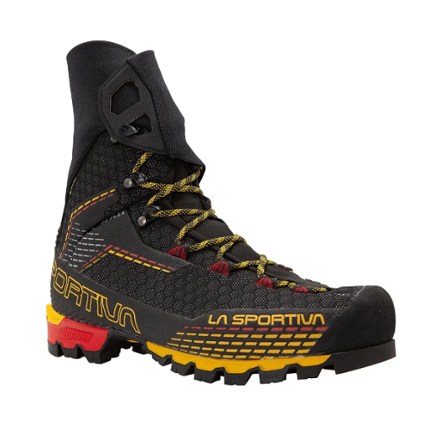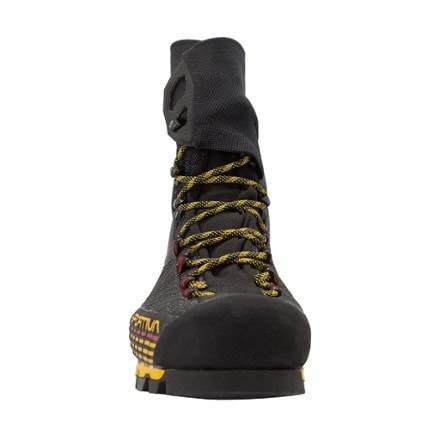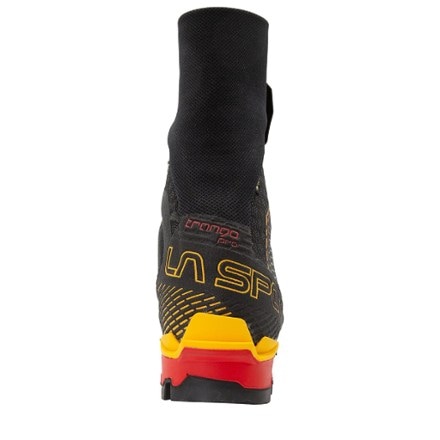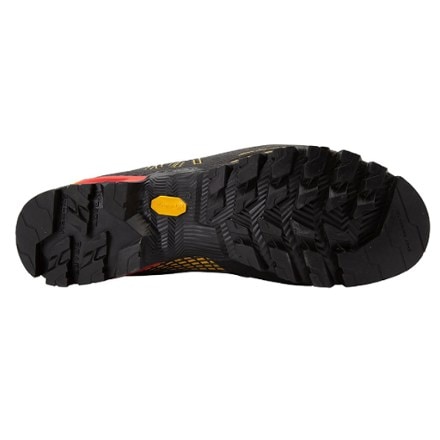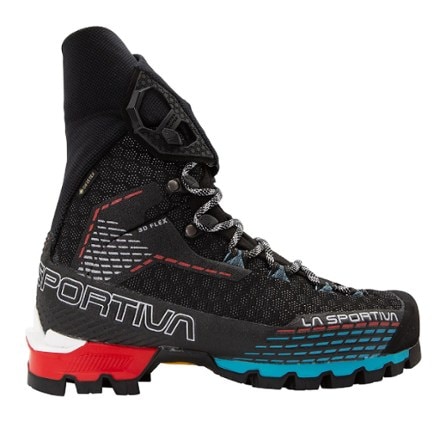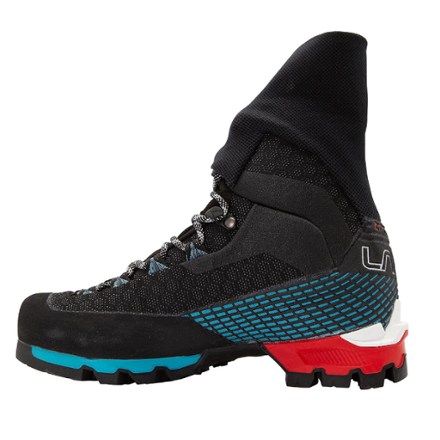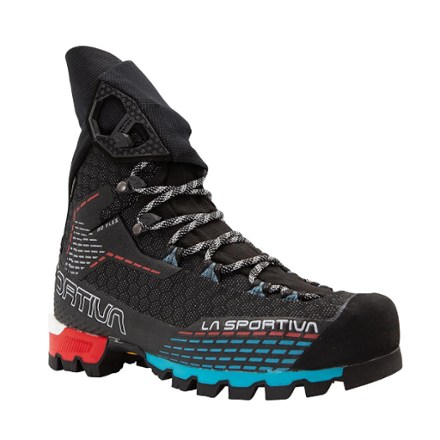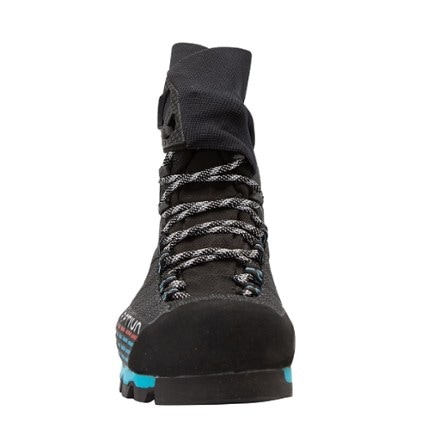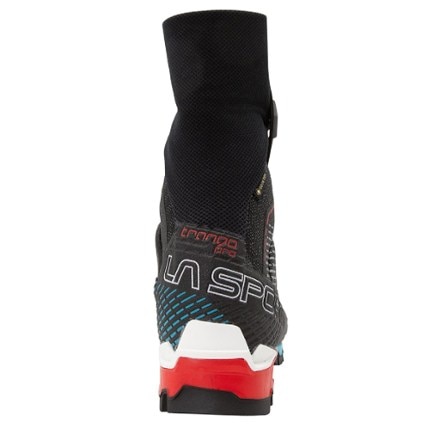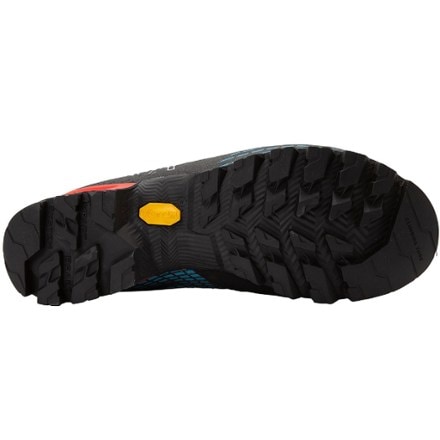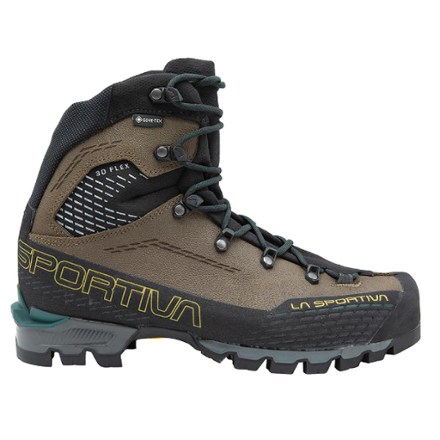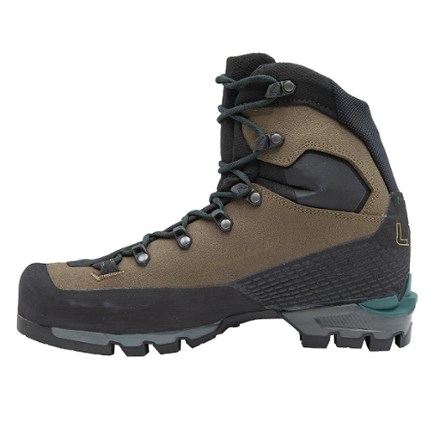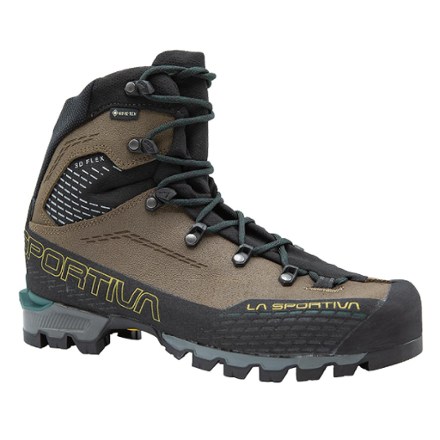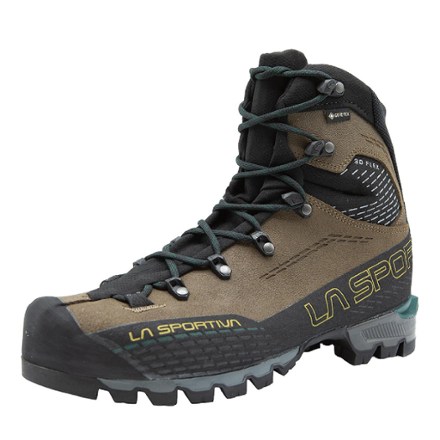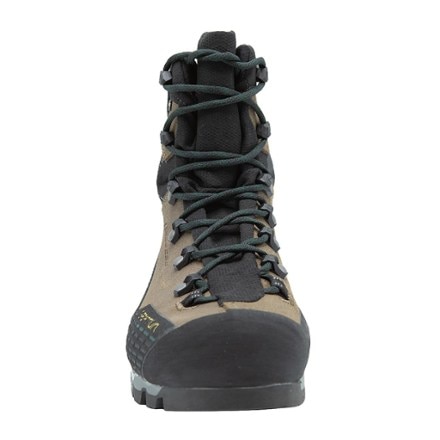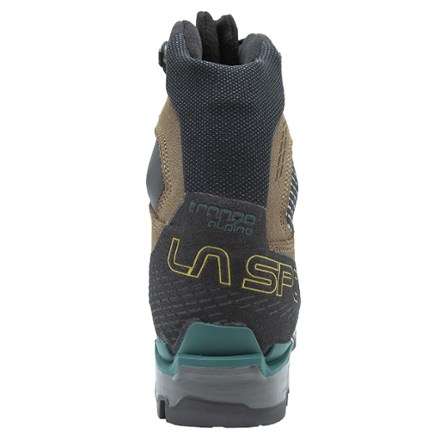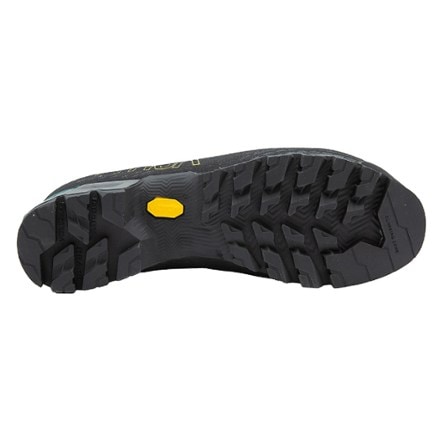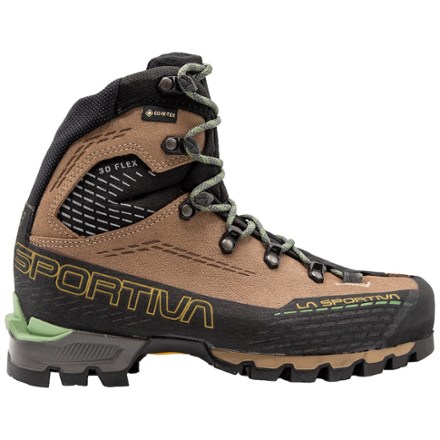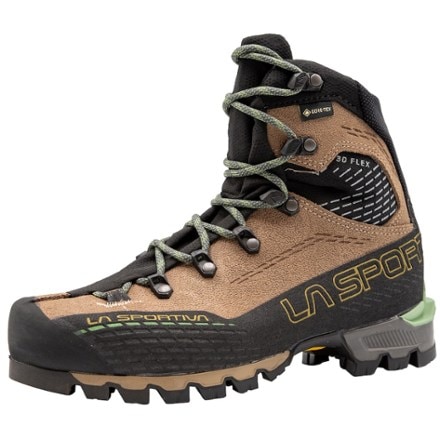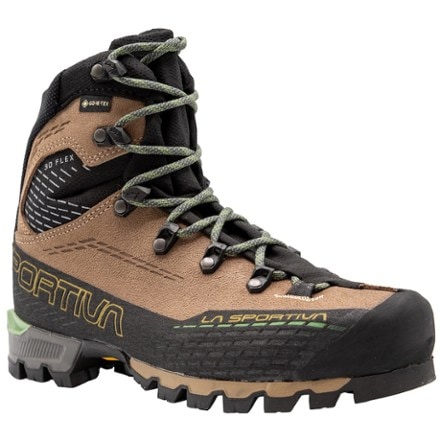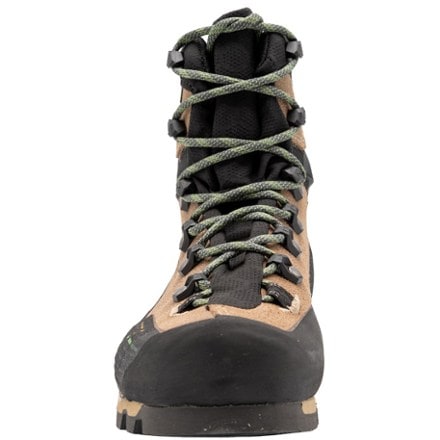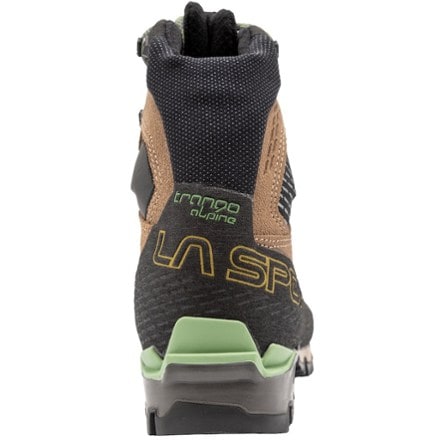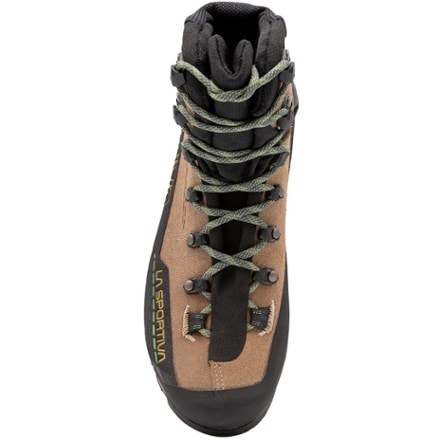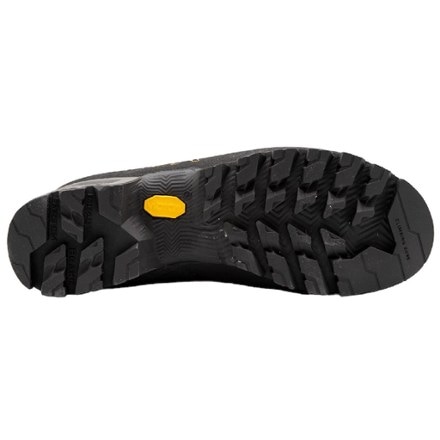Skip to search results
loaded 4 results
La Sportiva Trango
(4 products)Products (4)
Filter
- Footwear (4)
- Boots (4)
- Women's Footwear (2)
- Men's Footwear (2)
- Climbing (4)
- Bushido (4)
- Jackal (2)
- Miura (4)
- Nepal (4)
- Nucleo (2)
- Tarantulace (2)
- Trango (4)
- TX (15)
- Ultra Raptor (2)
- Wildcat (4)
- Waterproof (4)
- Can Be Resoled (4)
- Vegan (2)
- Mid-calf (2)
- Over-the-ankle (2)
- $200.00 to $499.99 (2)
- $500.00 to $749.99 (2)
- Mountaineering (4)
- Lace-up (4)
- Regular (4)
- 1.50 to 2.99 (4)
Sort: Best Match
View:
- La SportivaTrango Pro GTX Mountaineering Boots - Men's$549.00(1)1 reviews with an average rating of 4.0 out of 5 stars
- La SportivaTrango Pro GTX Mountaineering Boots - Women's$549.00(1)1 reviews with an average rating of 1.0 out of 5 stars
- La SportivaTrango Alpine GTX Mountaineering Boots - Men's$449.00(1)1 reviews with an average rating of 1.0 out of 5 stars
- La SportivaTrango Alpine GTX Mountaineering Boots - Women's$449.00(0)0 reviews
Sort: Best Match
Related Expert Advice articles
These are our favorite picks for rock climbing shoes, whether you're bouldering, sport climbing or trad climbing. Find your perfect climbing shoes at REI.
Read full article: The 6 Best Climbing Shoes of 2025: Staff Picks
Discover the top-rated approach shoes at REI, expertly tested for performance and durability. Find the best footwear for tackling any terrain with confidence.
Read full article: The 4 Best Approach Shoes of 2025: Staff Picks
Are you new to hiking?
- Look for thicker soles and potentially a higher cuff for better support.
Do you need speed?
- Lightweight trail-running shoes can shave time off the trek.
Check the temperature
- Hiking shoes and trail runner are cooler in hot months; hiking boots provide more warmth.
Match the outsole with your terrain
- Technical terrain requires a beefier outsole and can call for deeper lugs.
Read full article: Hiking Boots vs. Trail Runners: The Great Debate
Which type do you want?
- Neutral shoes. Great choice for beginners; allow toes to lie flat and provide all-day comfort.
- Moderate shoes. Good all-around shoe. A slightly downturned shape and stickier rubber makes them good for technical climbing.
- Aggressive shoes. The very downturned toes put your feet in a powerful position for challenging sport routes and bouldering; less comfortable than the neutral or moderate shoes.
Choose key features.
- Shoe closure options include laces, straps or slip-on.
- Uppers can be synthetic or lined- or unlined leather. Unlined leather uppers can stretch a full size, while synthetic uppers don't stretch much.
- Climbing shoe last is the foot-shaped model around which a shoe is built. Most rock climbing shoes are slip-lasted, which tend to be sensitive and less stiff than board-lasted shoes.
Consider these shoe fit tips.
- Shop later in the day as your feet can swell up to a full size during the day.
- Your toes should lie flat or be comfortably curved; your toe knuckles shouldn’t bunch painfully.
- Try them on in person for the best fit.
How long will you be on the trail?
- Hiking shoes: day hikes or ultralight backpacking
- Hiking boots: multi-day treks with heavier loads
What upper is right for you?
- Leather: water- and abrasion-resistant, durable
- Synthetic: lightweight, break in easily, dry faster
Look at the lugs
- Deep, thick lugs improve grip
- Wider lug spaces sheds mud and offer good traction
Check crampon compatibility
Mountaineering and winter hiking may call for crampons. Narrow your search for boots with crampon compatibility.
Our testers spent months putting the best hiking and backpacking boots sold at REI through their paces. These 8 are the best hiking and backpacking boots.
